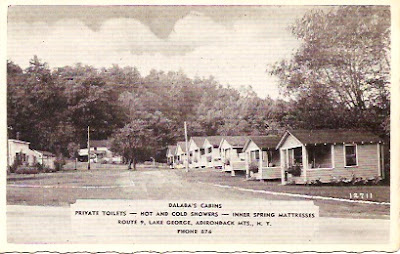Altostratus, altocumulus, cirrocumulus? Only a meteorologist knows for sure. The general idea is of a large, moist air mass lifting and being shaped by instability. This pattern was in the east, catching the colors of the rising sun while to the northwest blue sky hosted a train of small, isolated white clouds, something like rungs of an overarching ladder. As I went about my morning chores I was treated to an evolving, colorful show. A Christmas gift not under a tree but above them all.
December gives us light only grudgingly and then only during work hours. It's a situation that I can whine about with the best of them. My beset wife is all too familiar with the complaints:
"The Sun went down before I could even wax my skis, let alone
use them."
"Running on icy ground in the dark? It's like begging for a trip
to the emergency room."
"Biking at dusk? Only if you want to bypass the doctors
altogether and go straight to the undertaker."
My sad litany goes on and on. But for every yin there's a yang and the winter sky compensates for its stingy light with a fascinating variety of clouds, subtle colors and entrancing starscapes.
Cows and clouds
Online sources list over a dozen different cloud types. It could be a fun winter project to learn to identify them and understand how they form. And all those water droplets and ice crystals - that's what clouds are after all - play games with sunlight resulting in a host of colorful optical effects. Rainbows are the most familiar but there are pillars and sundogs, halos and coronas, iridescence and crepuscular rays. Each has its own particular physics, a certain arrangement of incoming photons and atmospheric moisture that produces eye catching phenomenon.
Stephane Vetter's beautiful shot of Icelandic aurora was the January 5, 2020
Astronomy Picture of the Day
One good thing about the long hours of darkness is being able to stargaze in both evening and morning and still get a good nights sleep in between. The planet Venus is the 'star' of the show in the southwest after sunset. It will be dazzling all winter and hopefully there will be repeats of last Saturday night's beautiful pairing with the crescent moon.
From Sky and Telescope's website
Winter constellations are the brightest and most recognizable of the year. Gemini and Orion lie prone on the eastern horizon as the new year's dusk fades to darkness. Climbing higher over the early evening hours, they are surrounded by the hunting dogs, anchored by sparkling Sirius and Procyon, while being challenged by Taurus the bull with its two star clusters: the Pleiades and the Hyades.
From Sky and Telescope website
You might want to keep an eye on misbehaving Betelgeuse. The pulsating red supergiant that marks Orion's shoulder has been dimming over recent months. This puffed up gas ball is so large it would engulf the orbit of Jupiter if centered in our solar system. It's going to explode as a supernova at some point and the current change in magnitude has astronomers wondering if it might blow sooner rather than latter. 'Do you see what I see' indeed...
More interested in breakfast than clouds or supernova

















































